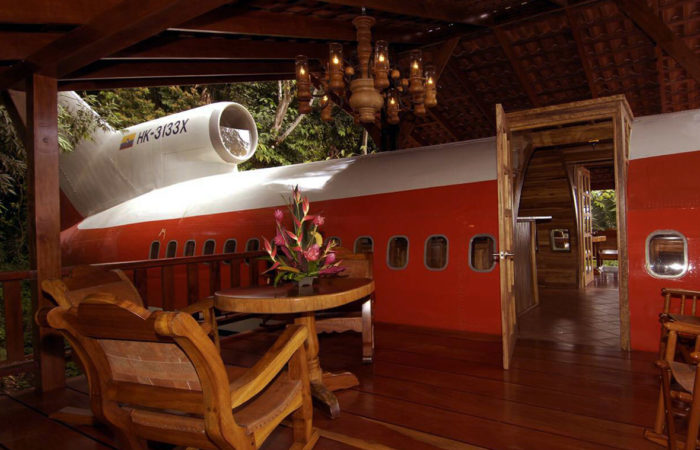Street trees usually grow in appalling soils, have little space for their roots, are rarely watered and often get aggressively trimmed by road authorities or utility companies.
Author
- Gregory Moore
Senior Research Associate, School of Agriculture, Food and Ecosystem Sciences, The University of Melbourne
If they do get established, many street trees suffer damage from vehicles, have to live in wind tunnels or are forced to grow in the permanent shade of large buildings.
But despite everything we throw at them, many street trees don't just survive, they thrive. So let's meet one of these heroic species: the yellow gum , (Eucalyptus leucoxylon).
Pretty but tough
Yellow gum is widely planted across southeastern and eastern Australia as a street tree. In some suburbs and towns, it is so common that people think it is a native tree (in fact it is from South Australia, Victoria or southwest New South Wales).
It is not to be confused with yellow box (Eucalyptus melliodora), a different eucalypt altogether.
Yellow gum has been widely planted because it meets many of the demands we place on urban trees.
It grows well in different soils and climates, and has very attractive red, white or pink flowers.
It's called yellow gum in Victoria and parts of NSW, but is often known as blue gum in SA.
The common names can be confusing, but yellow gum refers to its pale yellow wood and bark patches, while blue gum refers to its leaves.
Many specimens develop dense, low, spreading canopies, which offer lovely shade and help cool our cities down.
And importantly, it doesn't grow too big. It is typically a medium to small woodland tree, usually between 13 and 16 metres high (but it can grow higher in the wild).
Different bird and insect species feed on the trees some feeding on flowers and fruits and others on the foliage.
Natural populations of yellow gum occur in coastal and inland SA, in the southwest corner of NSW and in the western half of Victoria from the Murray River to the coast.
There are several subspecies, too, and debate rages in botanical and horticultural circles about whether some of them deserve to be recognised as their own species.
Yellow gum is also tolerant of wind and salt spray, and can withstand waterlogged soils. They stood up to the millennium drought conditions well.
Many arborists think the yellow gum has the potential to do well in many parts of Australia as the climate changes . Research has shown, for example, that some individual yellow gum trees regulate their water use better (when compared to other individuals in the species, and when compared to other eucalypts).
Like many eucalypts, yellow gum possesses lots of dormant buds and a lignotuber (a swelling at the base of the trunk containing dormant buds and carbohydrate). This means it copes well with pruning and will respond especially well to targeted formative pruning when young.
This can help reduce the risk of problems such as what's known as "co-dominant stems" (when two main stems grow from a single point of origin, instead of one tall, straight trunk) and rubbing or crossing branches.
Not everyone's favourite
Not everybody likes the yellow gum, and for some good reasons.
Some yellow gums are multi-stemmed, while others have twisted and curving trunks; some have both. These are not the characteristics many local governments want in street trees; many want to see straight trunks and dense canopies.
These problems can be so annoying that some council arborists no longer recommend planting yellow gums.
But these issues are due to poor tree selection and propagation. In the past, yellow gum seed was not carefully sourced from the best trees with the most suitable characteristics, and so inferior specimens have prospered.
With the right investment of time and money into tree selection, these problems can be overcome.
Ticking most of the boxes
All in all, yellow gum can be a very fine and useful urban tree.
The species grows well and if superior stock is used, the trees develop with straight and attractive trunks and wide, dense canopies .
They are typically medium-sized trees, do well in tough street conditions or in smaller domestic front and back yards.
They tick most, if not all, of the boxes for a good urban street tree.
![]()
Gregory Moore does not work for, consult, own shares in or receive funding from any company or organisation that would benefit from this article, and has disclosed no relevant affiliations beyond their academic appointment.






